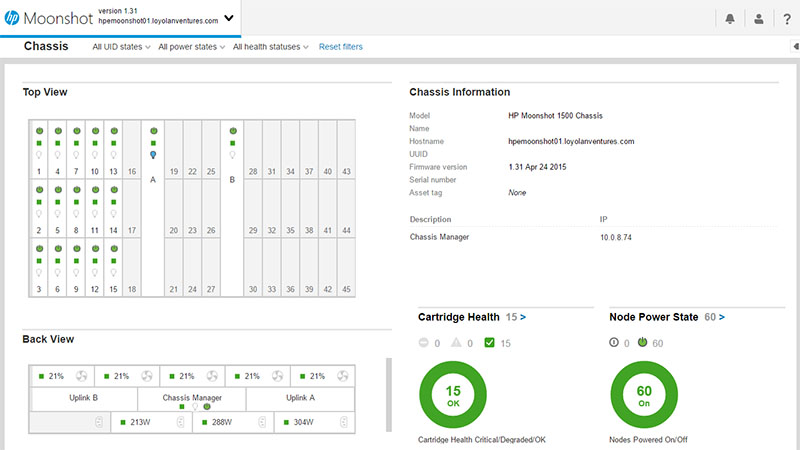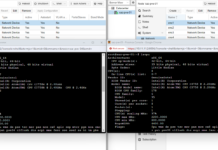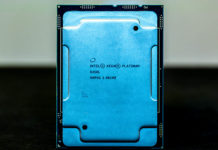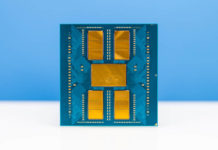We wanted to post a short video on what it looks like to administer a HPE / HP Moonshot system through the web administration interface. Our unit still has the old HP branding but it does show many of the features of the unit. STH is the home of the largest independent Moonshot reference guide and many STH readers have the units as well. The HPE Moonshot platform is designed for hyper-scale workloads. As a result, the administrative interface is certainly geared toward that style of administration.
Here is a brief tour touching on some key areas:
HPE / HP Moonshot Administration Notes
As you can see, the ability to administer up to 45 cartridges and 180 nodes, two 180 port switches, the chassis management module, two uplink modules, four power supplies and chassis fans all from one web administrative interface is excellent. One can do basic functions such as change boot devices and one boot devices. One can also perform some neat tasks such as changing the clock speed of some nodes to lower power consumption.
The flip side to this style of management is that it lends itself to highly automated deployments. For example, if you are using Citrix provisioning services for virtual desktops, PXE/ iSCSI booting to nodes and/ or an OpenStack deployment, it works extremely well. For those selling dedicated servers where they wish for their customers to have complete control of the server with iKVM access, this is a less than ideal configuration. That is a market where we see commonly see other dense micro-node platforms. The lack of in-depth node management also means that for those building low power proof of concepts for bare metal server orchestration, the Moonshot is not a great fit. It does work well as a replacement for cloud capacity replacing Amazon AWS instances with bare metal HPE Moonshot OpenStack nodes.
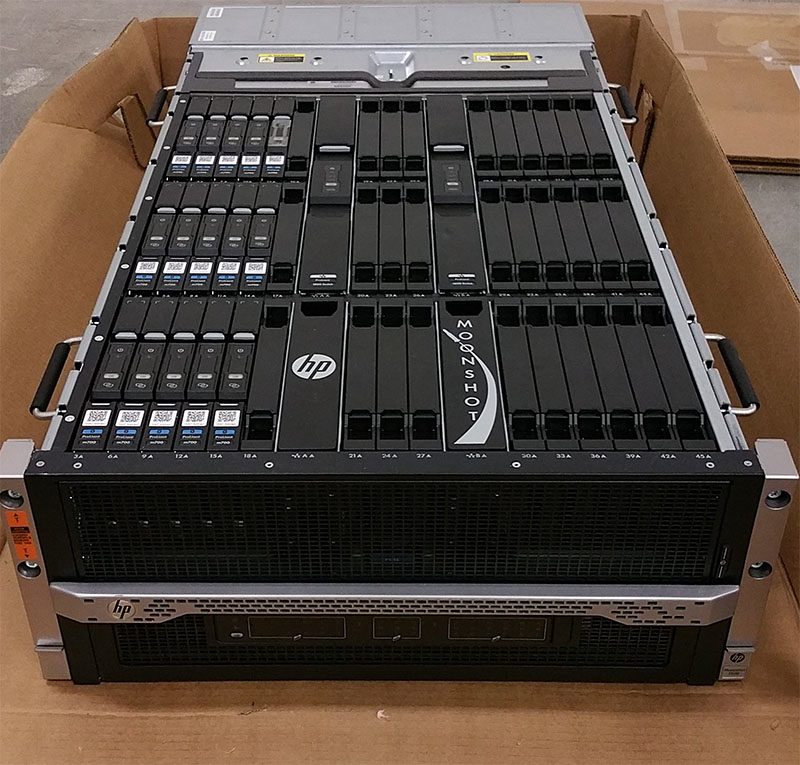
These servers are large. They are deeper than most colocation racks and deeper than systems like the Supermicro Microblade we reviewed. They also can utilize a lot of power. We like to give our readers a glimpse of these systems as they are not easy to run. The HP Moonshot we have has been the most popular machine in our public facing DemoEval service since it was launched in June 2016.

